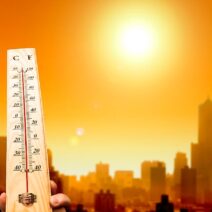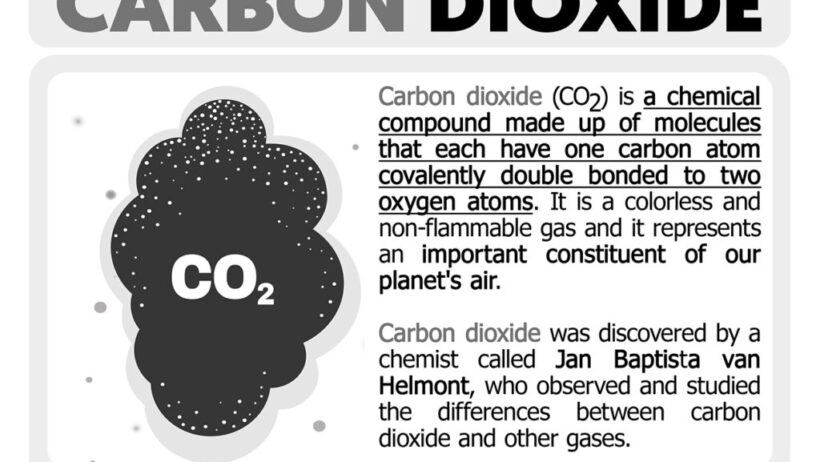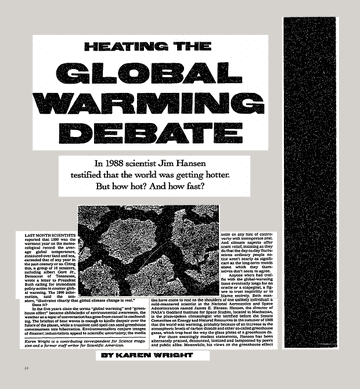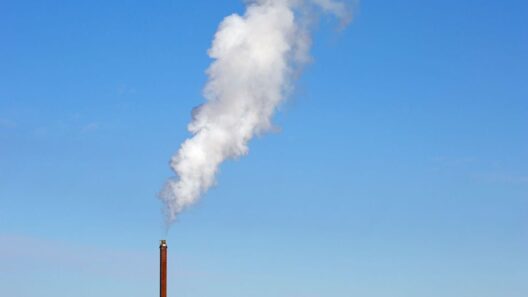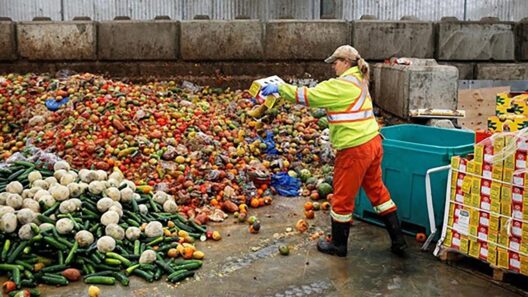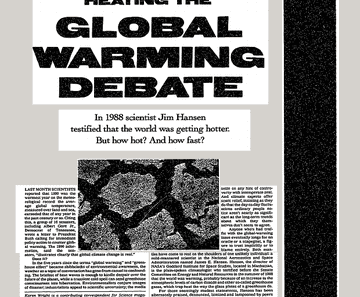Carbon dioxide (CO2) is often referred to as a “heat trapper” in discussions surrounding climate change and environmental health. It’s essential to understand not only what carbon dioxide is but also how its presence in our atmosphere significantly affects our planet’s climate systems. Have you ever wondered: what happens when we accumulate too much of this gas? The answer is integral to rectifying the challenges posed by global warming.
To begin our discussion, carbon dioxide is a colorless, odorless gas that occurs naturally in Earth’s atmosphere. It is produced by the respiration of animals and plants, volcanic eruptions, and the combustion of organic matter. In recent decades, however, human activities—especially the burning of fossil fuels—have dramatically increased CO2 concentrations in the atmosphere. This rise is alarming, primarily because of its role in the greenhouse effect.
The greenhouse effect is a natural phenomenon that warms the Earth’s surface. When the sun’s energy reaches the Earth, some of this energy is reflected back to space, and the rest is absorbed, warming the planet. Greenhouse gases, including CO2, trap some of that heat, preventing it from escaping back into space. Without this effect, our planet would be inhospitably cold. However, increased levels of CO2 strengthen this effect, consequently leading to a gradual increase in global temperatures—a phenomenon known as global warming.
Consider the significant implications of rising temperatures: glacial melt, rising sea levels, and increasingly erratic weather patterns are just the tip of the iceberg. The challenges posed by these changes are vast and multifaceted. So, how can we confront the questionable future awaiting us due to these rising temperatures? This question does not have a straightforward answer but requires a collective approach to reduce carbon emissions across multiple sectors.
Foremost, understanding carbon dioxide’s sources—both natural and anthropogenic—enables us to address its impact effectively. Natural sources include the respiration of animals and plants and emissions from volcanic eruptions. However, the burning of fossil fuels for electricity, heat, and transportation contributes significantly to human-made emissions. Industrial processes, waste management, and land-use changes also add to the problem. Consequently, mitigating these emissions becomes critical.
The transition to renewable energy sources is one viable solution to reducing carbon emissions. Solar, wind, hydroelectric, and geothermal energy offer alternatives to fossil fuels. By investing in these technologies, we not only reduce dependence on carbon-heavy resources but also foster innovation within the economy. The challenge lies in making renewable sources accessible, affordable, and efficient enough to meet our global demands.
In addition to shifting energy sources, reforestation and afforestation represent essential strategies for sequestering carbon dioxide from the atmosphere. Trees naturally absorb CO2 as they grow, acting as a natural carbon sink. Initiatives aimed at planting trees and restoring degraded ecosystems play a vital role in reducing atmospheric CO2 levels. However, public support and funding are necessary to bring these ambitious projects to fruition.
Consider the agricultural sector: it is both a source of greenhouse gas emissions and a potential solution. Practices such as regenerative agriculture, which focuses on enhancing soil health and increasing biodiversity, can sequester carbon while simultaneously improving food security. Yet, the transition from conventional methods to sustainable practices is often met with resistance. This illustrates the complexities surrounding the challenge of carbon emission reduction.
Furthermore, transportation remains a significant contributor to carbon emissions. The shift towards electric vehicles (EVs), coupled with the development of efficient public transport systems, can drastically reduce the carbon footprint. Governments and private sectors need to collaborate to create the necessary infrastructure to support this shift but face hurdles such as cost and public acceptance.
Individuals can also make substantial contributions to reducing carbon footprints. Simple lifestyle changes—such as reducing meat consumption, minimizing waste, and maintaining energy-efficient homes—can collectively have a significant impact. The challenge, however, lies in raising awareness and motivating the public to take responsibility for their choices. Education plays a vital role in this regard, as a well-informed populace is equipped to engage in sustainable practices.
Ultimately, addressing carbon dioxide emissions requires a multifaceted approach, embracing technological advancements, policy changes, and individual responsibility. Each solution has its intricacies and faces challenges that necessitate coherence and persistence from all sectors of society. So, as we continuously grapple with our climate’s precarious balance, we must ask ourselves: are we equipped to rise to the challenge of mitigating carbon dioxide’s impact? The answer to this question could very well determine the fate of future generations and the health of our planet.
The road ahead may seem daunting, but the collective will to combat global warming is crucial. As we endeavor to understand carbon dioxide’s role in climate change, we unearth opportunities for innovation and responsibility. Understanding the delicate relationship between carbon emissions and environmental health paves the way for a sustainable future. Engaging in thoughtful discourse opens channels for solutions, ensuring that the challenges we face today do not become insurmountable obstacles tomorrow.

